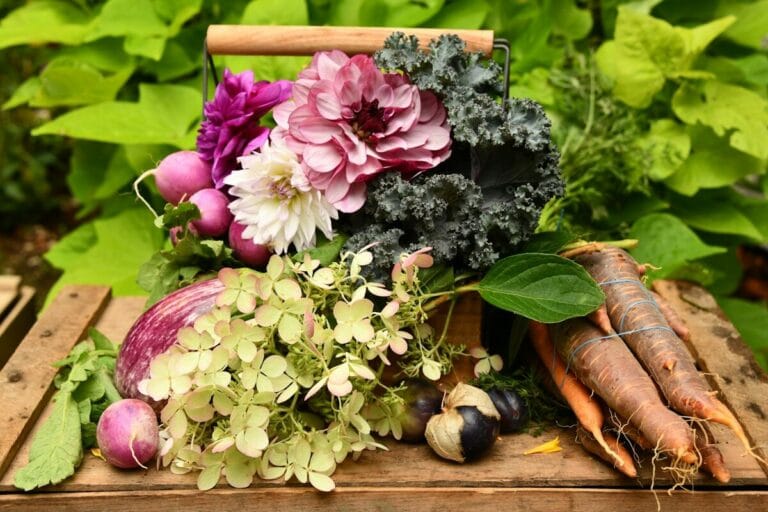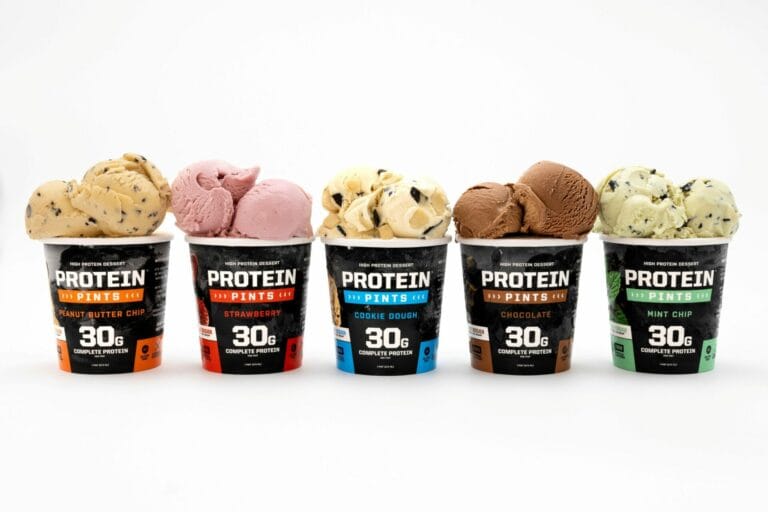How a Humble Glass of Milk Brings The Magic to Your Kitchen Beyond World Milk Day
Explore milk’s renewed role in modern kitchens–from classic dairy to hybrids–as World Milk Day celebrates tradition, nutrition and mindful culinary choices

When I think about the ingredients that truly make a kitchen come alive, milk sits quietly at the heart of it all, as the gentle foundation that transforms ordinary meals into something memorable. As June 1st marks World Milk Day this year, it feels like the perfect moment to explore how this humble ingredient continues to weave itself through our culinary stories in unexpected ways.
The Magic in Your Glass
Something fascinating happened in American kitchens this year– for the first time in decades, we started reaching for dairy milk more often. Dairy milk sales rose by 2% to $17.1 billion, reversing a trend that seemed unstoppable. After years of almond, oat and soy alternatives dominating our morning routines, we’re rediscovering what our grandmothers always knew: there’s something irreplaceable about the real thing.
This isn’t about nostalgia, though that plays a part. It’s about women who cook seriously recognising that when you’re making fresh pasta or a proper custard, the choice of milk matters enormously. The protein structure, the fat content, the way it behaves under heat – these aren’t abstract concepts but very real differences you can taste and feel.
Beyond the Glass: Milk as Kitchen Magic
The most exciting developments aren’t happening in the dairy aisle – they’re occurring in how we’re using milk across our cooking. Whole milk consumption has surged as home cooks rediscover the richness it brings to everything from morning coffee to evening sauces.
I’ve watched friends who once dismissed full-fat dairy completely change their approach to cooking. There’s Sarah, who swore by oat milk in her coffee but now uses whole milk for her weekend pancakes because ‘you can actually taste the difference’. Or Emma, who discovered that the secret to her favourite restaurant’s mashed potatoes was the cream they folded in at the end.
The Rise of Hybrid Cooking
What’s particularly intriguing is how we’re not choosing sides anymore. Hybrid products blending dairy with plant-based ingredients are gaining ground, especially among those who want the best of both worlds. It’s the kind of practical innovation that makes sense when you’re juggling health concerns, environmental awareness and simply wanting food that tastes good.
This flexibility shows up in kitchens everywhere. You might use coconut milk for your Thai curry, dairy cream for your soup and almond milk for your smoothie – all in the same week. It’s about choosing the right tool for each culinary job rather than subscribing to a single philosophy.
Global Celebrations, Local Flavours
World Milk Day celebrations across 68 countries this year highlighted something beautiful about milk’s universal appeal while respecting local traditions. In Italy, it’s about the buffalo mozzarella made fresh each morning. In India, it’s the comfort of warm milk spiced with cardamom and turmeric before bed. These aren’t marketing concepts – they’re deeply embedded cultural practices that connect us to place and memory.
The International Dairy Federation’s global celebrations showcase live cooking demonstrations by renowned chefs, each highlighting their country’s unique relationship with dairy. These events remind us that milk isn’t just an ingredient – it’s a cultural bridge connecting traditional techniques with modern innovation.
The Home Kitchen Renaissance
Perhaps the most significant shift isn’t in what we’re buying, but in how we’re using it. Nearly half of consumers now view milk and cheese as their preferred protein sources, and this is reshaping how we plan meals. It’s not just about adding milk to cereal anymore – it’s about understanding how different types of milk can completely change a dish.
The revival of home cheese making, the popularity of fermented dairy products and the return to scratch cooking all point to a deeper engagement with traditional techniques. Women are taking classes in proper custard making, experimenting with homemade ricotta and discovering that the perfect risotto really does depend on having good milk at hand.
Much like the way dinner parties are making a comeback with a focus on mindful connection, this return to understanding basic ingredients reflects a broader desire for authentic culinary experiences.
The Economics of Choice
There’s also a practical element that can’t be ignored. With dairy alternatives often costing significantly more, many are rediscovering that traditional milk delivers better value without compromising on taste or nutrition. When you’re feeding a family or entertaining friends, these economics matter.
This isn’t about choosing cheap over quality – it’s about recognising that sometimes the traditional option is both better and more affordable. A good local dairy often provides milk that’s fresher, tastier and more sustainable than imported alternatives that have travelled thousands of miles. This mirrors the premium dairy market’s focus on quality and sustainable practices that meet rising nutritional demands.
Beyond the World Milk Day
As we raise our glasses – whether filled with fresh dairy milk, carefully crafted oat milk or an innovative hybrid – World Milk Day reminds us that choice is abundance. The industry continues evolving with probiotics, omega-3 additions and sustainable packaging, responding to our desire for products that nourish both body and conscience.
The most exciting part of this evolution is how it’s making us better cooks. When we understand why one type of milk works better than another for specific applications, we make more intentional choices. When we know that good dairy supports local farmers while delivering superior results in our kitchens, we connect our values with our meals.
Just as we’re seeing with seasonal entertaining embracing local ingredients and wellness beverages evolving to meet our health goals, the future of milk in our kitchens will be about thoughtful choice rather than dogmatic adherence to any single approach. It’s about having the right ingredients for the right moments – and knowing how to use them all well.




